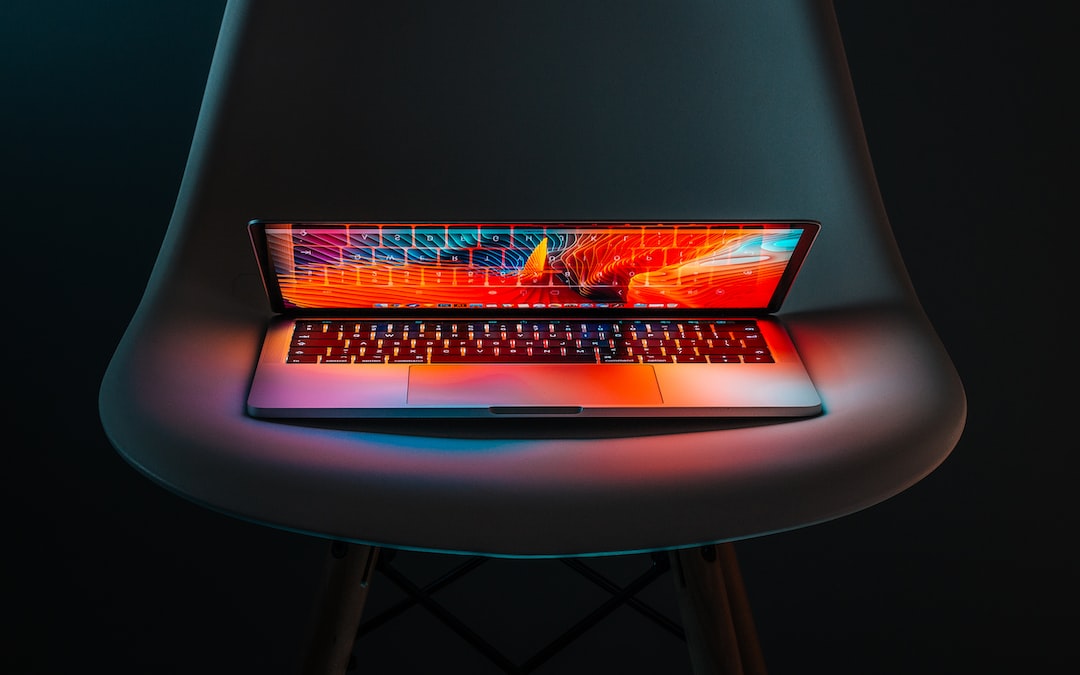Exploring Biometric Authentication: Fingerprints to Facial Recognition
In the digital age, ensuring the security of our personal information is crucial. Traditional methods like passwords and PINs are no longer sufficient to protect our online identities, leading to an increased interest in biometric authentication. Biometrics refers to the unique physical or behavioral characteristics of individuals that can be used for identity verification. From fingerprints to facial recognition, biometric authentication is becoming increasingly popular as a reliable way to ensure privacy and security.
Fingerprints have long been recognized as one of the most effective and accurate forms of biometric authentication. The distinctive patterns and ridges on our fingers create a unique identifier that can be easily scanned and matched to a database. As a result, fingerprint recognition is widely used in mobile phones, laptops, and even door locks to provide quick and secure access.
One of the key advantages of fingerprint authentication is its convenience. Unlike passwords that can be easily forgotten or stolen, our fingerprints are always with us. With just a touch of a finger, we can unlock our devices or authenticate ourselves within seconds. Furthermore, fingerprint authentication is highly accurate, with failure rates being extremely low. Advances in technology have even made it possible to capture three-dimensional images of fingerprints, making them even more secure.
However, as with any technology, there are limitations. Fingerprints can sometimes be affected by factors such as cuts, moisture, or dirt, which may prevent accurate identification. Additionally, fingerprints can be replicated, albeit with a significant amount of effort and expertise. Despite these limitations, fingerprint authentication remains one of the most widely used and trusted forms of biometric identification.
Another popular form of biometric authentication is facial recognition. This technology analyzes and maps the unique features of an individual’s face to determine identity. With the widespread use of smartphones equipped with front-facing cameras, facial recognition has become increasingly accessible and convenient.
Facial recognition offers both security and convenience. True to its name, it recognizes an individual by analyzing facial features, such as the distance between the eyes, the shape of the nose, or the structure of the mouth. It is an effortless process that requires no physical contact, making it more hygienic and user-friendly compared to fingerprint authentication.
Moreover, facial recognition is capable of distinguishing between photographs and actual human faces, making it difficult to deceive or trick the system. Some facial recognition technologies have even incorporated additional security measures such as detecting eye movement or requiring the user to blink to ensure authentication is done with a live person.
However, facial recognition is not without its challenges. One of the primary concerns is privacy. The collection and storage of facial data have raised questions regarding its potential misuse. Moreover, facial recognition systems have occasionally demonstrated racial and gender biases, leading to concerns about discrimination. As facial recognition technology continues to evolve, it is crucial to address these issues and implement appropriate safeguards to protect individuals’ privacy rights.
As technology continues to advance, so does the potential for biometric authentication. From fingerprints to facial recognition, these technologies offer a unique and highly secure way of verifying our identities. While each has its strengths and weaknesses, their combination can create even stronger security measures.
For instance, combining fingerprint and facial recognition technologies can provide a multi-factor authentication process. This means that both the physical features of an individual’s face and their fingerprint patterns would need to match before granting access. This combination not only enhances security but also reduces the risk of false positives or negatives, resulting in a more reliable authentication process.
Ultimately, biometric authentication is set to revolutionize the way we protect our personal information and access our devices. With its convenience, accuracy, and potential for multi-factor authentication, biometrics offer a level of security that passwords and PINs simply cannot match. However, it is crucial to carefully balance the benefits with privacy concerns and implement robust mechanisms to ensure data protection.
As technology continues to advance, biometric authentication will likely become an indispensable aspect of our digital lives. By exploring and embracing these technologies, we can enhance security and protect our personal information in an increasingly interconnected digital world.

